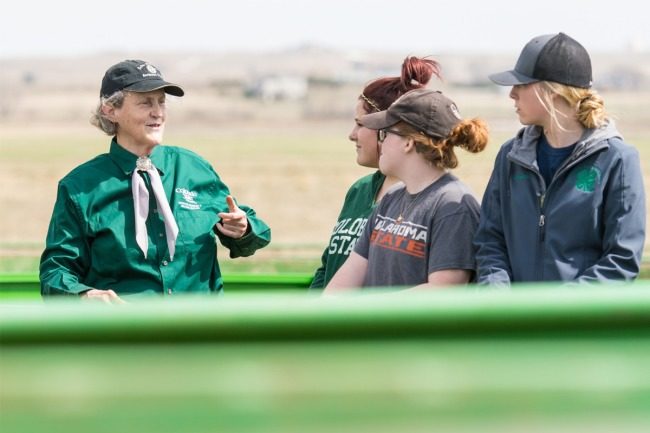In my last column, I wrote about the problems associated with finding new talented people to invent, maintain and repair equipment. Some of the best future equipment people may be either dyslexic, autistic, or ADHD. Unfortunately, the kids who should be growing up and getting jobs in your plant are playing video games because they never got introduced to using tools when they were young.
I also referenced the specific talents of the different types of thinkers, such as object visualizers who are good at mechanics, visual spatial mathematical thinkers and verbal thinkers who think in words. There are scientific studies that show that different types of thinking really exist. Maria Kozhevnikov, who is now at the University of Singapore, conducted one of the first studies that showed that there are two types of visualizers. She wrote a paper based on that research titled “Revising the Visualizer Verbal Dimension: Evidence for Two Types of Visualizers.” The person who is likely to be one of your best mechanics may think in photo realistic pictures and can see how a mechanical device works. I personally worked with many designers and inventors of equipment who were poor in algebra because it is too abstract to visualize with photo realistic pictures. The visual spatial thinker thinks in patterns instead of pictures. They often excel in higher mathematics and computer programming. This person will be brilliant in doing all the mathematical parts of engineering such as specifications for the refrigeration system. A mathematical engineer will not be the person who will design a better hide puller.
Many people may be mixtures of different ways of visualizing. Kozhevnikov discovered that at the extreme end of the visualization spectrum, the same person will not be an expert in both types of visualization. The young object visualizer who could become your next highly skilled person to keep your plant running, may be in special education because they are terrible at higher math. Both types of visualizers pay attention to detail. They are mostly bottom-up thinkers, and they can instantly relate how a problem that is occurring now may be similar to a problem that occurred in the past. The verbal thinkers use a top-down approach. They have a broad concept that lacks detail of how to implement it. One study showed that highly verbal thinkers are not good at planning how they are going to do a project. They simply have a broad concept of how it should work, instead of how it will actually work.
What can plant managers do to help develop the next generation of people who can both fix and invent specialized equipment? The students in your local school need to be taking classes in shop and welding to become interested. Early exposure to career-related skills is a major road to a career. This applies to all types of jobs. For example, Stephen Spielberg, the famous movie director of Jaws and other mega-hit movies, made his first movie at age 12. To replicate a train wreck in a movie, he filmed crashing toy trains.
Some educators now realize that schools should put shop classes back in the curriculum. A major problem now is finding teachers who can teach it. Teachers are needed for both elementary school and high school shop classes. A possible source of shop teachers is retired maintenance people. You could help the local schools get connected with them. Many retirees are bored, and they may love getting students interested and motivated. One approach is getting them involved in robotics classes and introducing programmable logic controllers (PLCs) and other equipment. To force the students to get really creative, they should make their robots out of materials that they can buy at Home Depot. Being able to improvise is a place where the object visualizers really shine.


